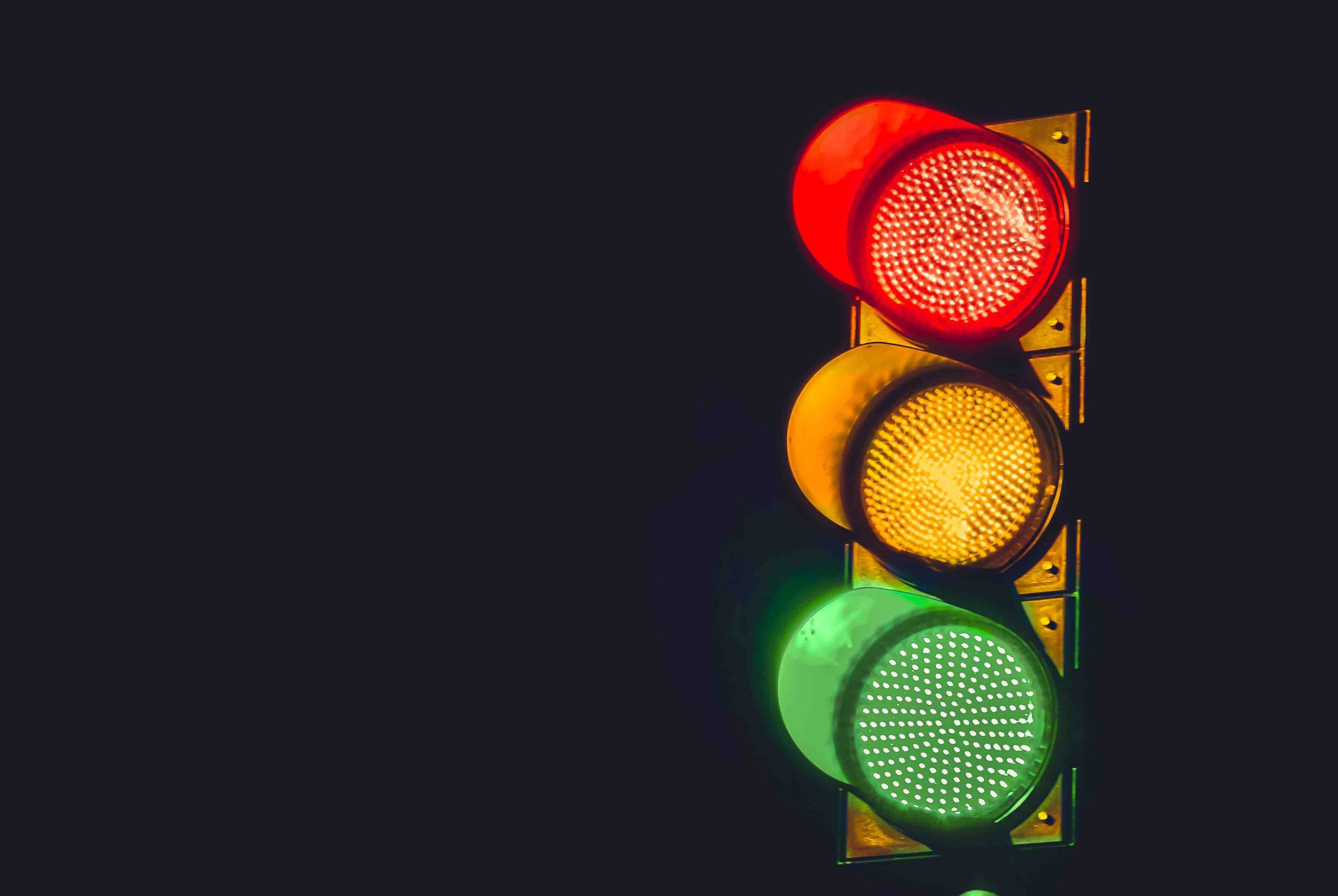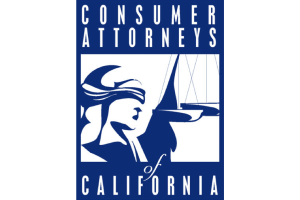- Free Consultation: 760-571-5500 Tap Here to Call Us
What is Comparative Fault in an Oceanside Car Accident?

After an Oceanside car accident in which another motorist is at fault, you should be thinking about your options for filing a claim for financial compensation. For most injury victims in motor vehicle collisions, the first step in seeking compensation is filing an auto insurance claim. Auto insurance claims can be filed as first-party claims through an injured person’s own auto insurance policy, or as third-party claims through the at-fault motorist’s auto insurance policy. When an auto insurance claim does not result in sufficient compensation, an injured person will often move on to file a car accident lawsuit. However, in some cases, the defendant will attempt to reduce his or her liability by raising the issue of comparative fault.
What is comparative fault, and how can it impact your payout in an Oceanside car accident claim?
Understanding Damages in a Car Accident and the Effect of Comparative Fault
To understand how comparative fault can affect a car accident lawsuit payout, it is important to understand first how damages awards work in car accident cases. If a person files a car accident lawsuit, they can be eligible to seek different types of compensatory damages, including economic and non-economic damages. Economic damages compensate for direct and objective losses that are financial in nature, such as hospital bills, or the wages a person lost due to an inability to work because of the auto accident injury. Non-economic damages are subjective in nature, and they are designed to compensate a person for non-monetary losses such as a person’s physical or mental suffering and emotional distress.
If the defendant raises the issue of comparative fault and is successful in proving that you are also partially to blame for the car accident, your damages award can be reduced by your portion of fault.
California’s Comparative Fault Law and Car Accident Damages
When a defendant says the plaintiff is also at fault for injuries, the defendant is raising the defense of comparative fault, arguing that she or he should not be responsible for paying the full amount of damages. Under California’s pure comparative fault law, a plaintiff will not be barred from recovery if the defendant can prove that the plaintiff is also partially at fault. This is true whether the plaintiff is anywhere from 1% to 99% at fault. However, if the defendant can prove that the plaintiff is partially at fault, the plaintiff’s damages will be diminished by his or her percentage of fault.
For example, if the defendant argues that the plaintiff should bear some responsibility for the accident due to texting while driving—even if the defendant ran a red light and caused the accident—the defendant will need to prove that the plaintiff is also at fault. The plaintiff will be able to counter the defendant’s allegations with evidence that shows the defendant bears all liability. If the defendant is successful, however, the court will need to determine the plaintiff’s percentage of fault. Then, the plaintiff’s compensatory damages award will be reduced by that percentage of fault.
To be clear, even if you violated a traffic law but the defendant still caused the car accident, you will be able to recover damages under California’s comparative fault law. You should know, however, that your damages award can be diminished if the court determines that you are also partially at fault for the crash.
Contact a Car Accident Lawyer in Oceanside
If you have questions about seeking damages in a car accident lawsuit, our Oceanside car accident attorneys can help. Contact the Walton Law Firm for more information.
See Related Blog Posts: Who Can I Sue for Car Accident Injuries in San Marcos? How is a Carlsbad Car Accident Case Different?









